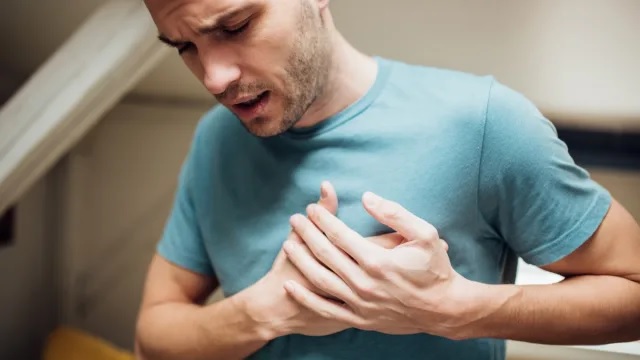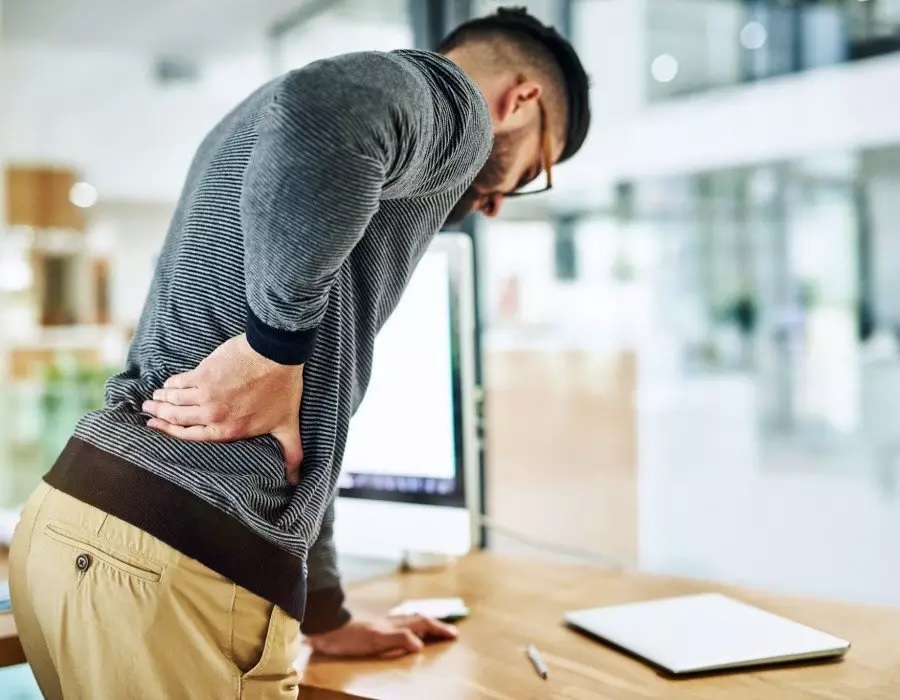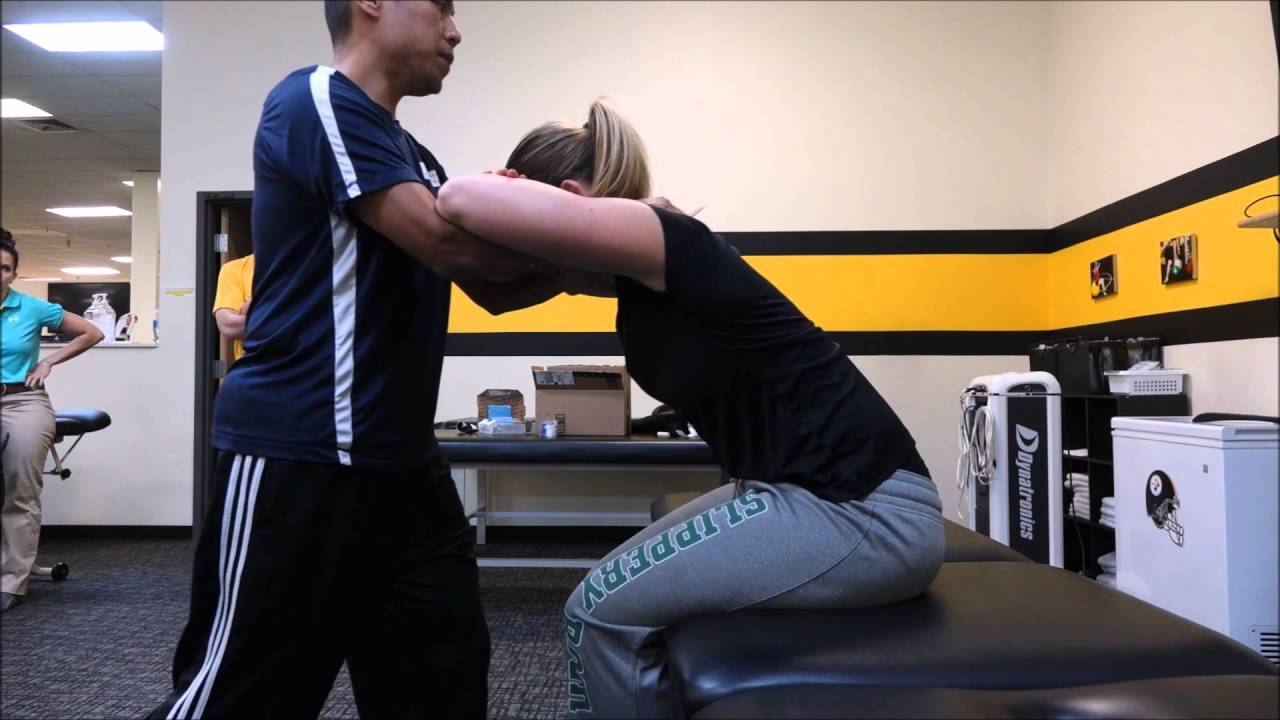Eshealthtips.com – There are many ways to manage kyphosis. For patients who are functional, conservative measures can be effective, such as physical therapy. These measures may include correcting posture and body mechanics. Muscle strength and development of core stability muscle strength may help the spine maintain its normal shape. Surgical correction of kyphosis may be necessary for patients with advanced symptoms. Listed below are common ways to treat kyphosis.
Signs of Kyphosis Symptoms
If the spinal curve is too rigid, it may be indicative of an underlying structural issue. Patients with advanced kyphosis may mistake the symptoms for a heart attack, because the symptoms overlap with those of cardiovascular problems. Chest pain can mimic cardiovascular problems and should be taken seriously. Chest pain is another sign of kyphosis, which is caused by compression of the chest. Because the shoulders drop downward as the spine hunches forward, the spine causes the chest to broaden.
If the curvature is too severe, breathing and heart functions can be affected. Standing, walking, and sitting may be compromised as a result of a kyphotic curve. Surgery for kyphosis may be required if the curve is greater than 75 degrees. Patients with severe kyphosis may also undergo physical therapy, specific home exercises, or pain medication. While these treatments can help, they cannot correct the cause of the kyphosis.

A thorough examination of the thoracic spine will confirm the presence of kyphosis. The apex of the kyphotic curve is typically located at the T5-T6 vertebra. In rare cases, the apex is at T6 or T7, and in some patients, the kyphotic curve reaches L5 or T6. It is critical to seek early treatment to avoid complications from developing.
The Severity of Symptoms Depends on the Age of the Patient
Symptoms of kyphosis vary from person to person. The severity of the symptoms depends on the age of the patient, his or her lifestyle, and the severity of the condition. If the condition is severe enough, kyphosis can affect breathing, nerve function, and bowel movement. In its early stages, kyphosis is painless. However, when the kyphotic spine curve progresses to a more advanced stage, it may lead to severe problems.
When evaluating kyphosis, physicians should check the location of the pain and how long it has been present. If the pain is radicular, it indicates nerve irritation. In some cases, patients may also experience bowel or bladder dysfunction or motor problems, indicating that the spinal cord is under pressure. As a result, a diagnosis can be made by comparing old and new x-rays. While kyphosis can affect mobility and posture, it is not always painful.

The surgical procedure for kyphotic thoracic spine correction includes extending the osteotomy near the anterior cortex. Then, chamfering the anterior laminae and ligamentar tissues widens the spinal canal. The surgeon then inserts a cobalt chrome rod into the spine and locks it in place. The bone graft is taken from the patient’s own rib. It is then cut into matchsticks and packed in along the spine’s back. The skin layers are then closed with stitch tapes or butterfly closures. When the skin heals, the stitches will fall off.
Kyphosis Rehabilitation is Most Effective when the Patient is Sitting
In some cases, kyphosis can also affect the respiratory system. Patients with this condition may have decreased tidal volume and reduced VO2. Physiotherapy treatments for kyphosis aim to reverse structural changes and help the client maintain proper posture. Kyphosis rehabilitation is most effective when patients are seated. The physiotherapist may tape the mid-back into extension or encourage a patient to learn the correct sitting position.

The diagnosis of kyphosis usually involves a physical exam and a patient’s history. Physical examination is important to rule out any other underlying conditions. Sometimes, a forward bend test will confirm the presence of abnormal curvature in the spine. If the patient is able to stand flat, the condition is likely caused by poor posture. However, if the deformity is severe, it may be indicative of structural problems with the spine.